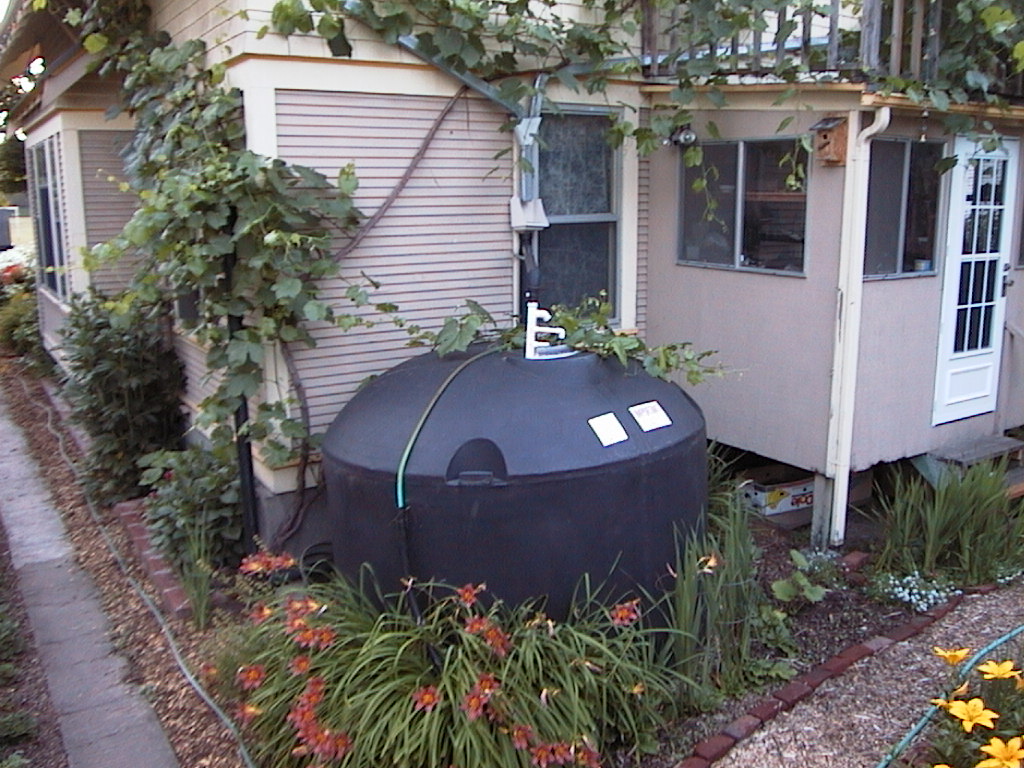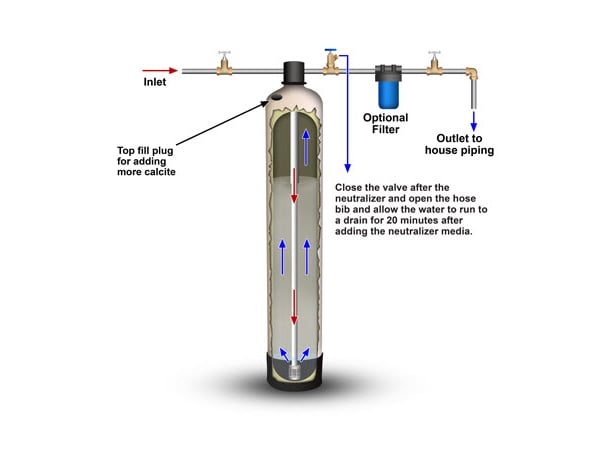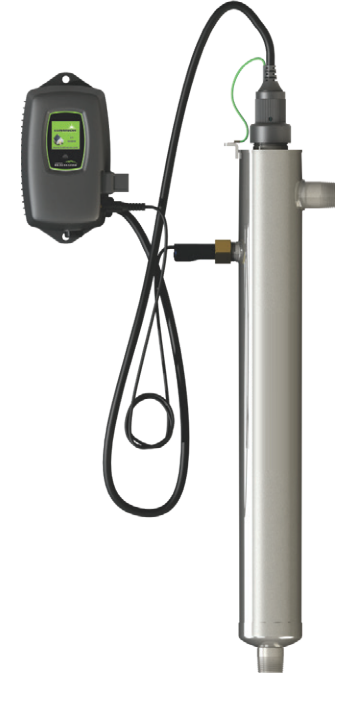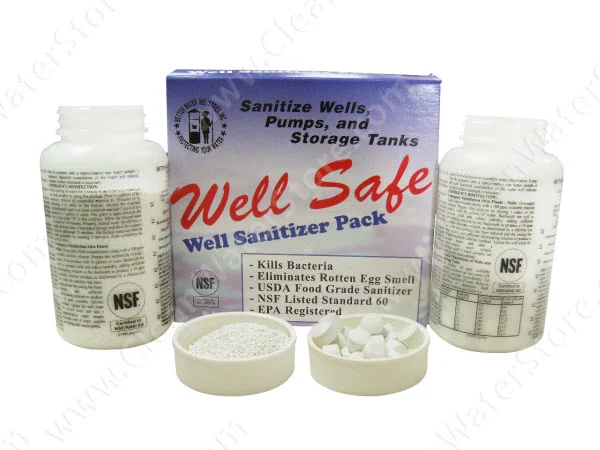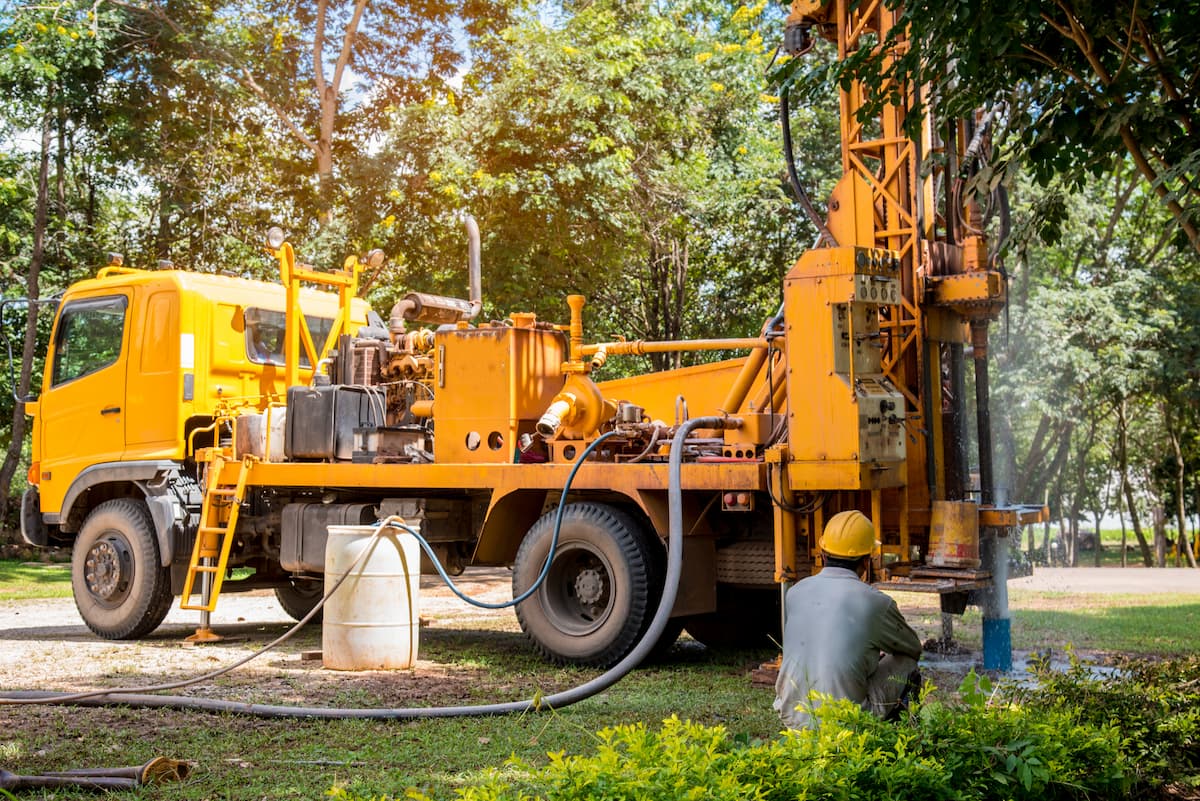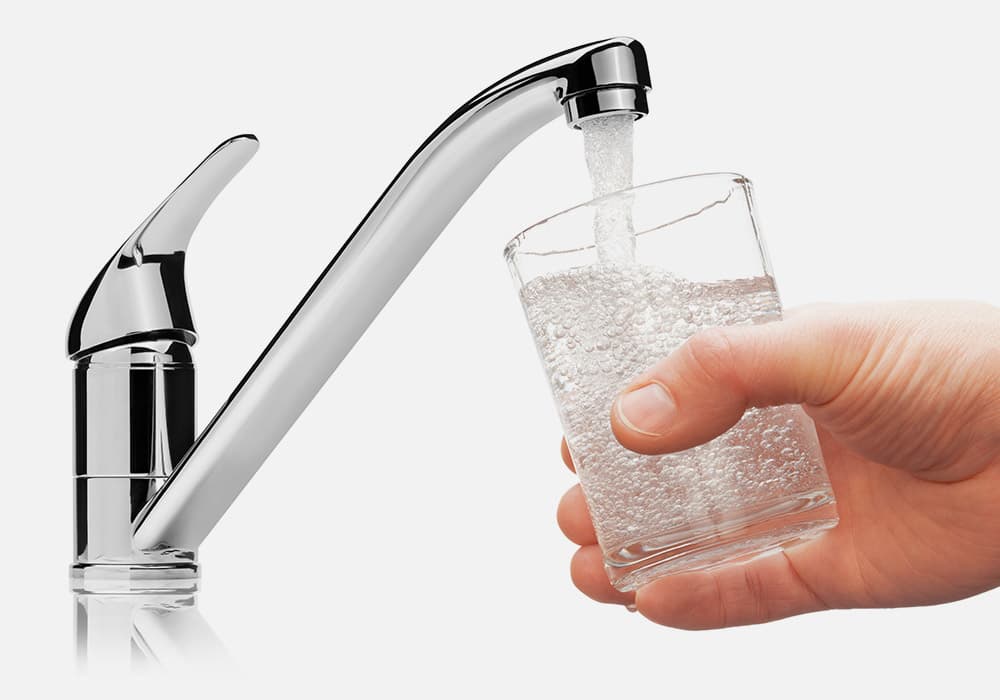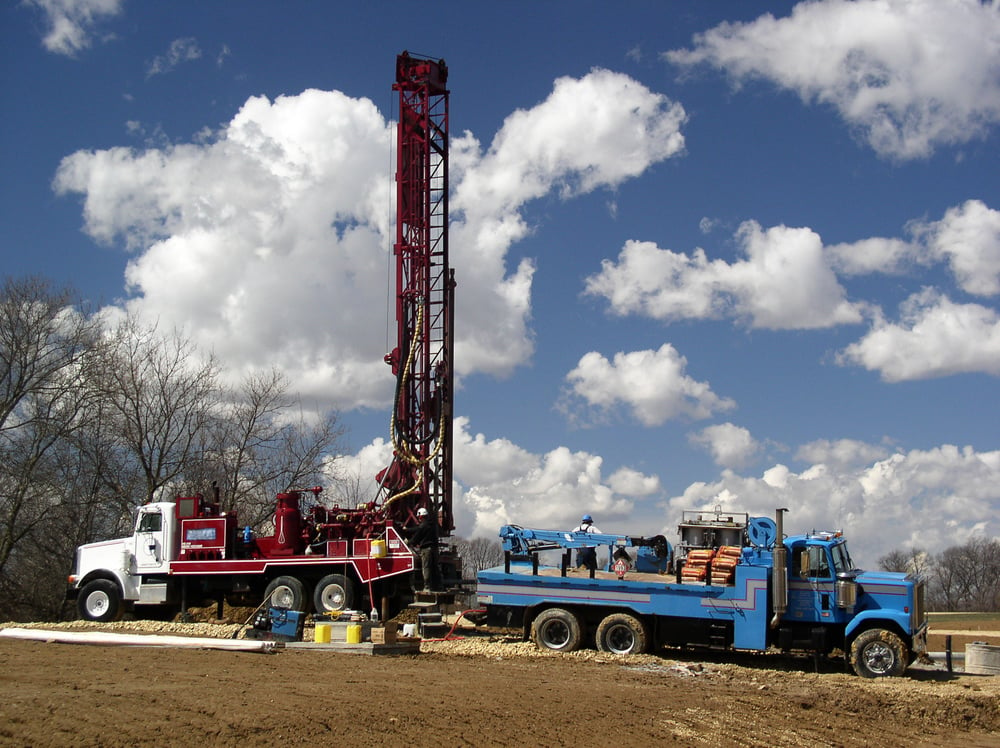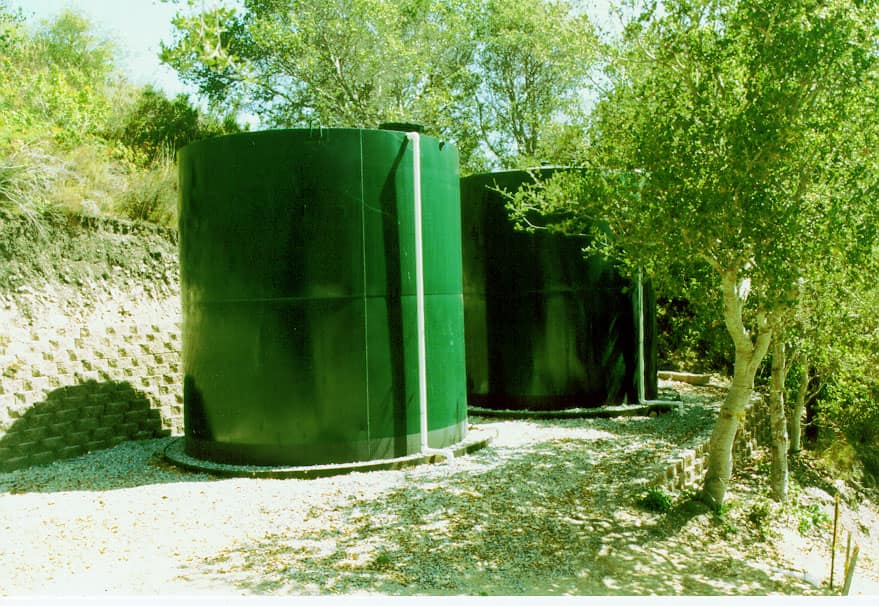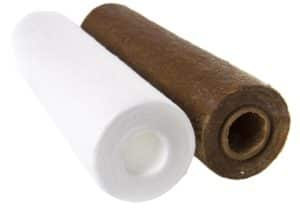Neutralizing Rainwater with a Calcite Blend Neutralizer
While most of the letters we receive come from well and city water users, we occasionally get letters from people who use rainwater as a primary water source at home.
If you are one of our rainwater-harvesting customers, you may have noticed that rainwater tends to have a low pH when first collected. Often, this causes cistern users to report copper leaching due to the acidity of the water. One customer recently wrote to us with just such a problem, and we wanted to share our answer with you readers that may also be harvesting rainwater at home.
Rainwater is Acidic
If you are experiencing acidic rainwater – or worse, copper leaching due to acidic rainwater – consider installing a calcite blend neutralizer. We have helped many customers on rainwater with the same problem, and this always fixes it.
For users in remote areas, we recommend a manual backwash or an upflow type calcite blend neutralizer, which will allow you to avoid running unnecessary backwash cycles and save energy, water, and money.
Our neutralizer systems with calcite media is very well suited to treating acidic rainwater. The natural white eliminates acid water by slowly dissolving Calcite (calcium carbonate) into the water as it flows through the filter.
Bacteria and Parasites
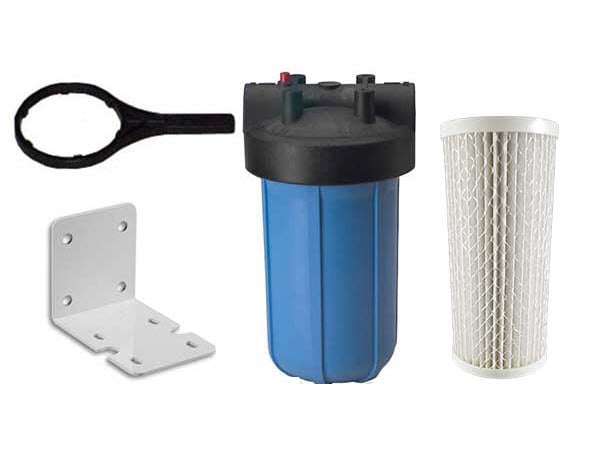
When water runs over the roof, it can pick up bacteria and parasites from animal and bird droppings. To make the water safe for drinking we recommend as a final stage the Nano-Ceram Bacteria Filter.
This uses a unique and patented electro-positive filtration technology. The NanoCeram purifier systems are certified for NSF P231, NSF 42, and NSF 53.
Developed with NASA technology, our Nano-Ceram nano-fiber filters remove bacteria, viruses and turbidity. 7.5 log removal of E.coli, 99.5% endotoxin removal and 6 log removal of viruses. Removes cysts and parasites.
You might also consider installing a UV sterilizer to treat your rainwater. UV sterilizers are very popular treatment systems for rainwater users on cisterns, as they will kill any bacteria that might come from your catchment device (presumably your roof).
Our sterilizers are great for users in remote areas, too, as they come with an external power supply and lamps rated for 9000 hours of life.
If you decide to use a UV sterilizer system, it should be installed before the neutralizer to prevent calcium minerals from the neutralizer collecting on the UV quartz sleeve. We also recommend installing the Nano-Ceram bacteria filter to remove any cysts and dead bacteria after the UV sterilizer.
If you're experiencing acidic rainwater and copper leaching we're sure these systems will solve your problem.
For any further questions or comments about rain or well water treatment methods, e-mail us at [email protected], use our online contact form, or drop us a line on Facebook. Thanks for reading!
>

